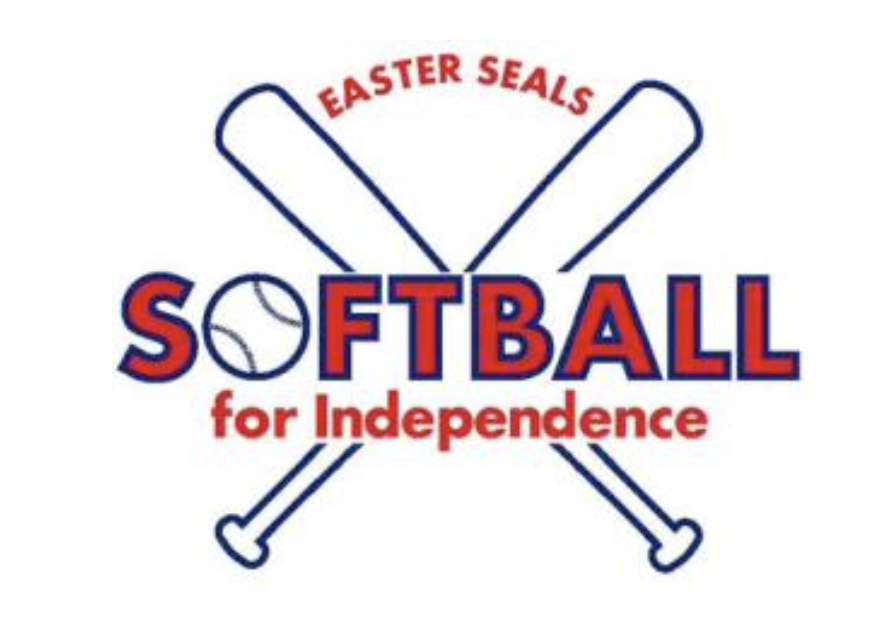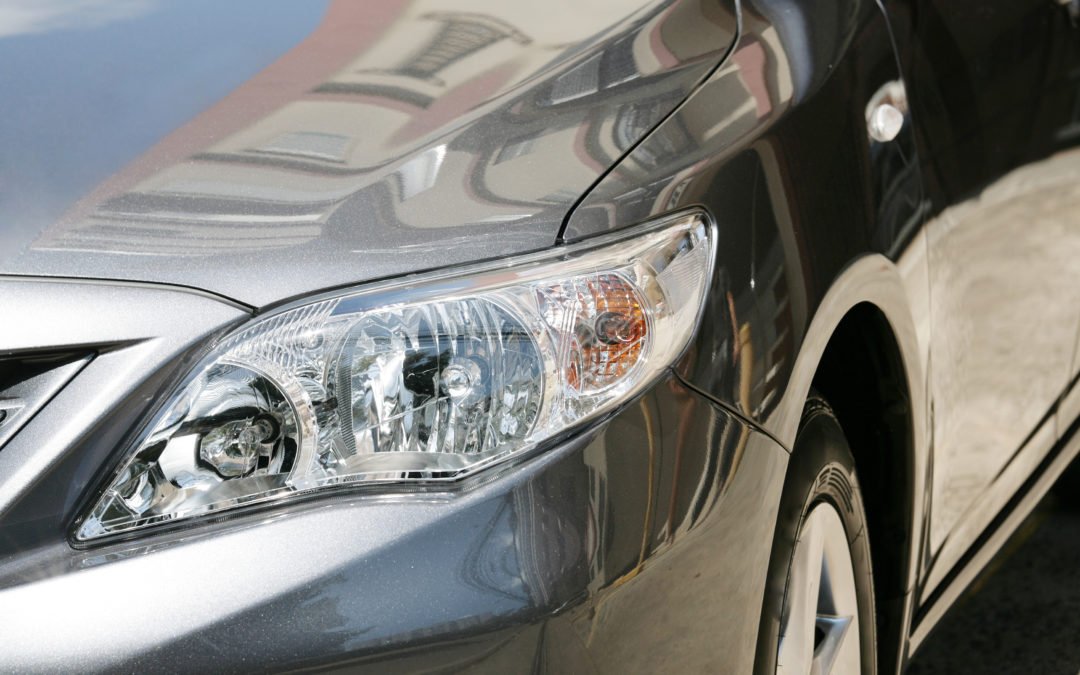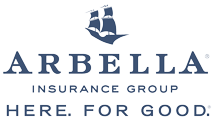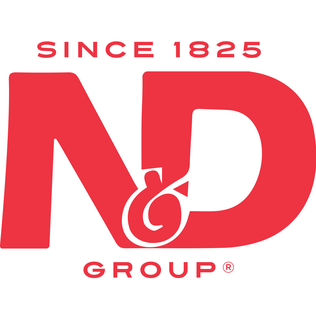With spring finally here, many of us are getting our boats ready for season. But are you properly insured?
Some things to consider when insuring a boat are the length, age, type (power or sail), condition, and value, among other factors.
As a rule of thumb, a vessel 26 feet or smaller is a ‘boat’ and one 27 feet or larger is a ‘yacht’ for insurance purposes. This is because larger boats often have complex exposures and may require more specialized insurance treatment.
There are two basic types of watercraft insurance, “agreed value” and “actual cash value.” An “agreed value” policy covers the boat based on its full value when the policy was written. “Actual cash value” policies cost less up front, but factor in depreciation, and will only pay up to the actual cash value of the boat at the time of a claim.
Boats and yachts are exposed to many types of possible losses. An “all risk” policy will offer the best protection. However, an “all risk” policy does not cover every type of loss. The term “all risk” simply means that any risk not specifically excluded in the policy is covered. Typical exclusions include wear and tear, marring, manufacturer’s defects, ice and freezing. Most stand-alone policies provide “all risk” protection, but coverage effected by endorsement to a home insurance policy may not.
While numerous factors are used to set the cost of a boat policy and often vary among insurers, some key items include:
- Cruising Area – where you boat
- Boating Safety Education – if you have been formally trained or certified
- Good Driving Records – both boating and driving
- Liability Limits – the higher the limit, the higher the cost
- Deductible – the higher the deductible, the lower the premium





































